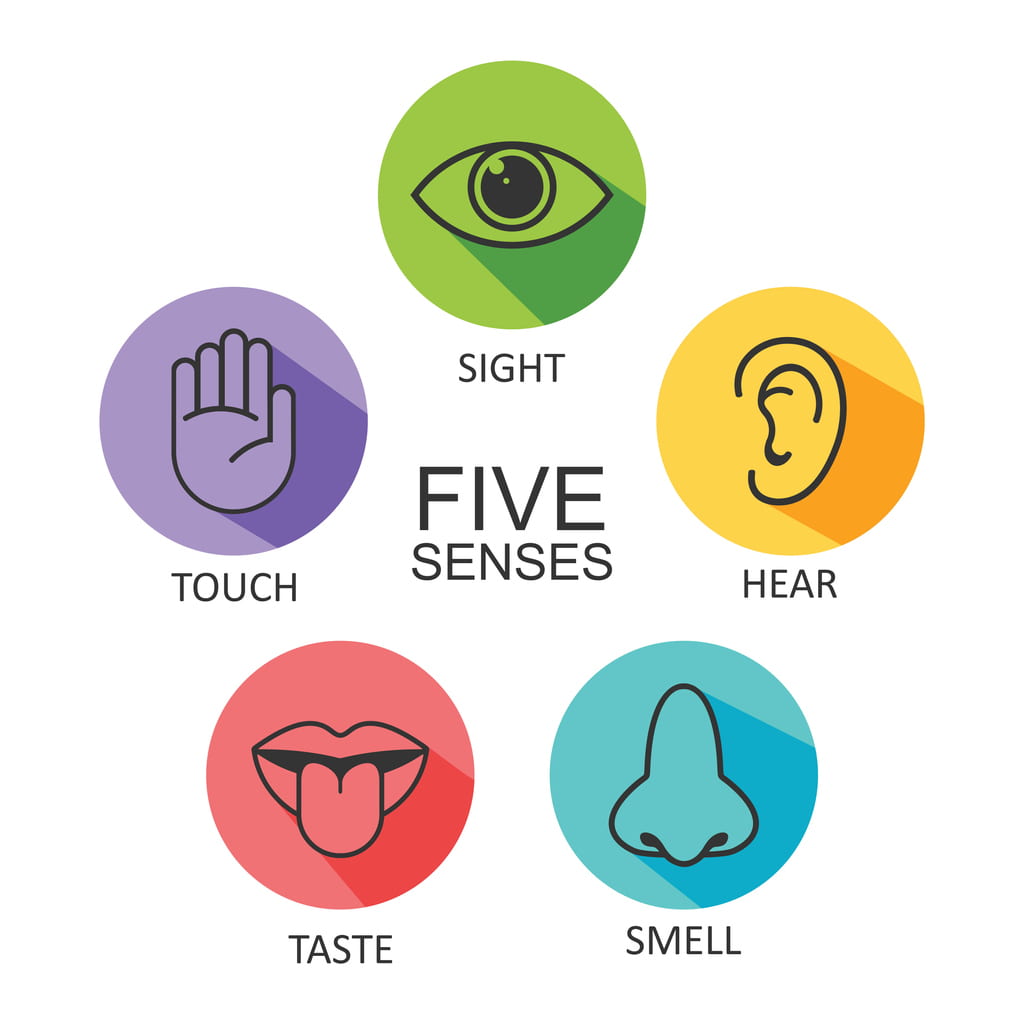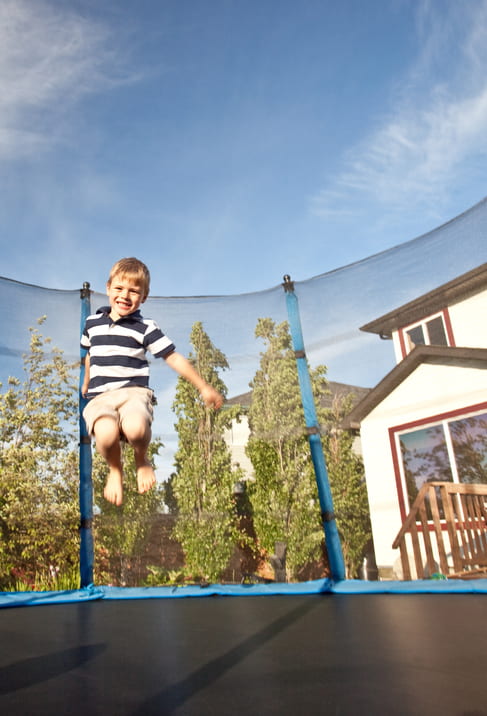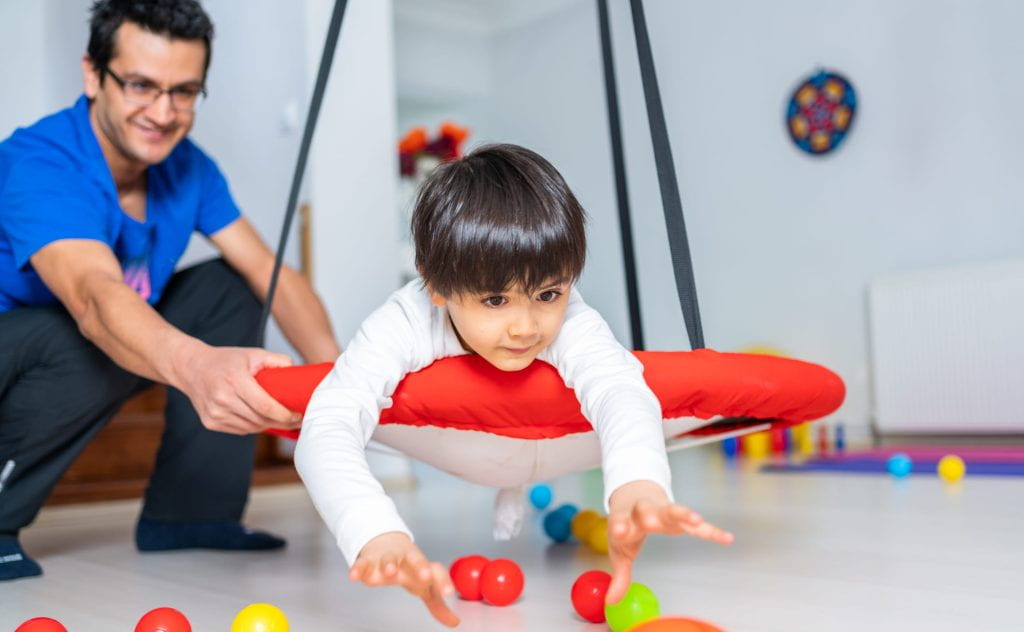If you follow the Washington University Neurofibromatosis (NF) Center on Instagram or Facebook, you know that we have briefly discussed “sensory processing” and the eight affiliated sensory systems. Since this is a complicated topic, I want to provide you with a little more detail.
Sensory processing is our ability to organize and interpret sensory information we receive from the environment

Sensory processing is our ability to organize and interpret sensory information we receive from the environment. Most people are aware of the five sensory systems – gustatory (taste), auditory (hearing), visual (sight), tactile (touch), and olfactory (smell). However, there are three additional systems that are equally important. These three include proprioception (body position in space), vestibular (balance), and interoception (perception of sensations from within the body).
As a clinician, I often see some children have difficulty processing proprioceptive input. Proprioception provides us with information about where our body is in space without relying on vision. The receptors for this sensation are in our muscles, skin, and joints. This sensory system gives us the ability to maintain posture, walk without bumping into objects or falling, and regulate our body position.
Difficulty processing proprioceptive information may cause children to accidentally bump into people or objects, struggle to attend to tasks at hand or sit still, play too rough with others, constantly move around, jump or crash into furniture, hold objects with excessive pressure (e.g., writing with heavy pressure), and/or appear uncoordinated or clumsy.
What can you do to help your child with proprioception?
Well, one way to help your child regulate his/her proprioceptive sensory system is through a “sensory diet.” A sensory diet is an individualized plan that provides sensory input, as needed, to meet the child’s needs. Below are some of my favorite activities to incorporate into a sensory diet.

- Deep pressure (e.g., bear hugs)
- Animal walks (e.g., crab walk, army and bear crawl)
- Wall push-ups
- Jumping jacks
- Trampoline jumping
- Carrying heavy items (e.g., backpack, a load of laundry, groceries)
- Helping with household chores (e.g., mopping, vacuuming)
- Eating crunchy or chewy foods
- Playing with Play Dough
Stay tuned for future blogs about this topic.
-Madeline Scherr, MS, OTR/L
- Proske, U., & Gandevia, S. (2012). The proprioceptive senses: Their roles in signaling body shape, body position and movement, and muscle force. Physiological Reviews, 92(4), 1651-1697. https://doi.org/10.1152/physrev.00048.2011
- https://occupationaltherapy.com.au/proprioception/

Thank you it is helpful for everybody